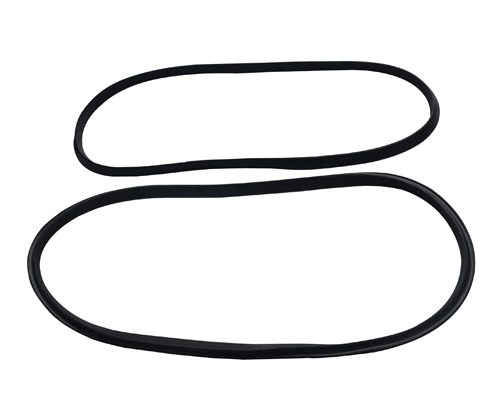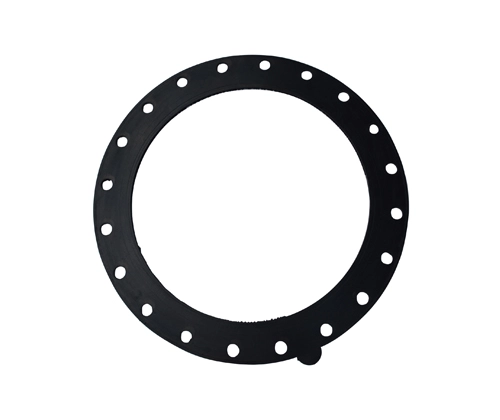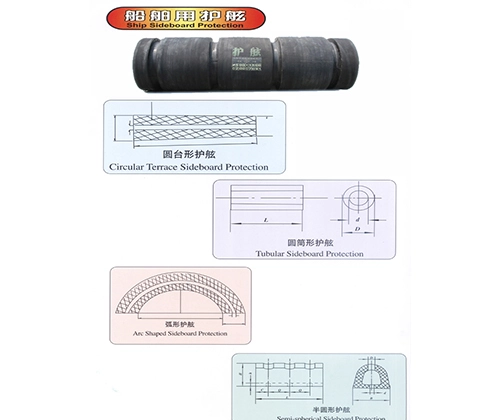Rubber dredging hoses play an important role in dredging projects, and their selection directly affects the project efficiency and the service life of the hose. When selecting, it is necessary to comprehensively consider factors such as the conveying medium, working pressure, and installation environment to ensure that the hose can operate safely and efficiently under specific working conditions. The following are specific selection points:
Select according to the conveying medium
- Media characteristics analysis:
In dredging projects, the conveying medium is usually a mixture of gravel, sand or silt, which has a strong abrasive effect on the inner lining of the hose. Therefore, the wear resistance of the inner lining is the key to selection.
- Selection suggestions:
- Preferentially select hoses with highly wear-resistant rubber materials for the inner lining, such as natural rubber or specially formulated synthetic rubber (such as nitrile rubber or polyurethane reinforced rubber). These materials can effectively resist the wear of gravel and extend the service life of the hose.
- If the conveying medium contains corrosive substances (such as salt in seawater), it is also necessary to select a lining material with certain corrosion resistance to avoid premature damage to the inner wall due to chemical action.
Select according to working pressure
- Pressure demand analysis:
In dredging projects, hoses need to withstand the pressure generated when pumping mud. The working pressure varies depending on the scale of the project and equipment parameters. Small inland river dredging may have lower pressure, while port or deepwater dredging may require higher pressure resistance.
- Selection suggestions:
- When purchasing, check the rated pressure value of the hose (usually in MPa or bar) to ensure that its maximum working pressure is higher than the peak pressure in the actual working conditions. For example, if the project pumping pressure is 1.5 MPa, a hose with a pressure rating of at least 2 MPa should be selected to leave a safety margin.
- Consider the design of the reinforcement layer: The pressure resistance of the hose depends largely on the fiber or steel wire braided layer in the middle. Steel wire reinforced hoses are suitable for high-pressure conditions, while fiber reinforced hoses are suitable for medium and low pressure scenarios.
- Be careful to avoid overpressure, which may cause the hose to burst, so the selection must be strictly matched with the equipment parameters.
Select according to the installation environment
- Environmental factor analysis:
The installation environment of dredging projects varies greatly. For example, the terrain of inland rivers may be complex and curved, the space in port areas may be limited, and the open-air environment also needs to consider the influence of climate (such as sunlight and rain). These factors put forward requirements for the flexibility and weather resistance of the hose.
- Selection suggestions:
- Flexibility: Select a hose with a small bending radius and good flexibility to meet the installation requirements of complex terrain and narrow space. For example, in inland river dredging, the hose may need to bypass obstacles, and a hose with poor flexibility is easy to twist or damage.
- Weather resistance: The outer coating must have good weather resistance to resist the influence of ultraviolet rays, high temperature or low temperature. It is recommended to select a hose with an outer layer of aging-resistant rubber (such as chloroprene rubber), which is particularly suitable for long-term exposure to outdoor environments.
- Length and diameter: Select the appropriate hose inner diameter and length according to the installation distance and flow requirements. Too small an inner diameter will result in insufficient flow, while too large an inner diameter will increase cost and weight; the length should avoid being too long to drag on the ground or too short to connect insufficiently.
Comprehensive considerations when selecting
In actual selection, the above three factors often need to be weighed comprehensively. For example:
- If the conveying medium is extremely abrasive but the working pressure is low, you can give priority to hoses with strong wear resistance but moderate pressure resistance to reduce costs.
- If the installation environment is complex and the pressure is high, you need to consider both flexibility and pressure resistance, and you may choose high-end products with steel wire reinforcement.
In addition, the project budget and expected service life should also be referenced. Hoses with higher wear resistance and pressure resistance have higher initial costs, but due to their good durability, long-term maintenance and replacement costs may be lower, and they have better economic benefits.
Selection example
- Inland river dredging:
Assume that the medium is mud containing gravel, the pressure is 1.2 MPa, and the terrain is mostly curved. It is recommended to choose a hose with a wear-resistant natural rubber lining, a fiber reinforcement layer, a pressure resistance of 1.8 MPa, and a small bending radius.
- Port dredging:
Assume that the medium has a high sand content, a pressure of 2.5 MPa, and a turbulent water flow. It is recommended to choose a high-performance hose with a polyurethane rubber lining, a steel wire reinforcement layer, and a pressure resistance of 3.5 MPa.
Conclusion
The selection of rubber dredging hoses needs to be scientifically matched according to the actual needs of the conveying medium, working pressure, and installation environment. Choosing a suitable hose can not only improve engineering efficiency, but also reduce failures and maintenance costs. When purchasing, it is recommended to communicate with the supplier about the specific working conditions and refer to the product technical manual to ensure that the selection is accurate.
- How to Choose Suitable Flexible Dredge Hose
- Case Study: Small Dredging Project at a Local Marina
- The Difference Between Dredge Discharge Hose and Dredging Hose
- 2025 Floating Dredging Hose Market Analysis Report
- Structural Design and Application Advantages of Armored Hose
- Understanding Materials, Length, and Applications for Optimal Dredging Performance
 English
English


